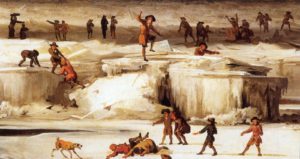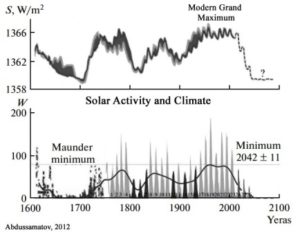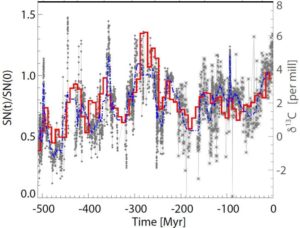by Connaissance des Energies, 12 mars 2018
L’ Alliance solaire internationale est une initiative lancée par l’Inde et la France lors de la COP21 qui vise à « augmenter de manière significative la production d’électricité solaire » dans les 121 pays situés en totalité ou en partie entre les tropiques du Cancer et du Capricorne (des pays en voie de développement pour la grande majorité).
(…)
En juin 2017, l’Alliance solaire internationale indiquait que 33 pays avaient signé son accord-cadre et que 6 l’avait ratifié : l’Inde, la France et 4 territoires insulaires (Fidji, Maurice, Nauru, Tuvalu)(5). Il est nécessaire que 15 pays ratifient cet accord-cadre pour qu’il entre en vigueur. En mars 2018, l’Alliance solaire internationale a été officiellement lancée à New Delhi, en présence d’Emmanuel Macron et d’une vingtaine de dirigeants d’Asie, d’Afrique et d’Océanie.
Le gouvernement indien s’est engagé à abriter le secrétariat de l’Alliance solaire internationale pour une durée de 5 ans (jusqu’en 2021).





